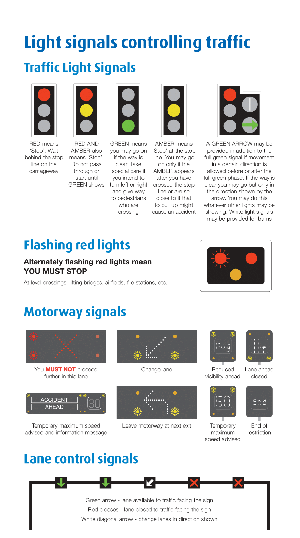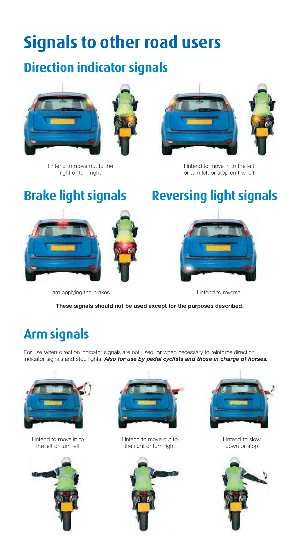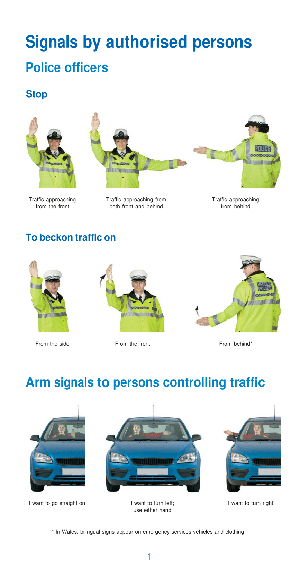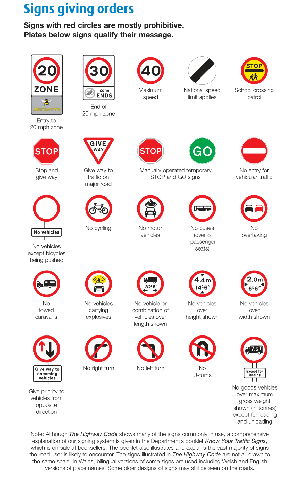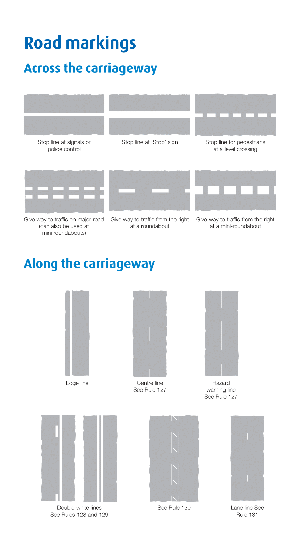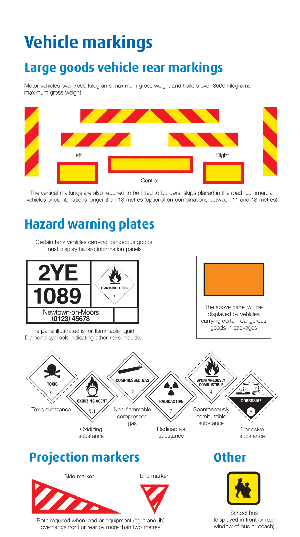Introduction
The Highway Code is the list of rules that apply to drivers and vehicles in the UK. The rules differ slightly in Northern Ireland, however are labelled as such.
Some rules are legal requirements and failure to adhere to them may be considered a criminal offence. These are clearly labelled with MUST or MUST NOT. Other rules are for guidance, although may be used as reference in court proceedings. These rules are labelled with words such as ‘should’, ‘should not’, ‘do’ or ‘do not’.
It is important that all road users are aware of the Code and are considerate towards each other. This applies to pedestrians as much as to drivers and riders.
The rules are intended to greatly reduce accidents and casulties and for all road users to reach their destinations safely.
Don’t be put off by the importance of The Highway Code. The rules are mostly easy to understand, easy to remember and easy to apply.
This website also provides practice tests for your DVSA theory test. Feel free to practice as many times as you need – there are plenty of questions to try. Click here to start a practice test.
Structure
The Highway Code groups the different rules to make them easier to follow:
The Highway Code also provides the following examples of signs, signals and markings that may be tested:
Finally, the Annexes provide additional useful information:
- Annex 1 – You and Your Bicycle
- Annex 2 – Motorcycle Licence Requirements
- Annex 3 – Motor Vehicle Documentation and Learner Driver Requirements
- Annex 4 – The Road User and the Law
- Annex 5 – Penalties
- Annex 6 – Vehicle Maintenance, Safety and Security
- Annex 7 – First Aid on the Road
- Annex 8 – Safety Code for New Drivers
Knowing and Applying the Rules
Knowing and applying the rules contained in The Highway Code could significantly reduce road casualties. Cutting the number of deaths and injuries that occur on our roads every day is a responsibility we all share. The Highway Code can help us discharge that responsibility.
Legislation
Rules that are also legal requirements are cross-referenced to the appropriate legislation and laws that outline the offence.
 Rules for Pedestrians (1 to 35)
Rules for Pedestrians (1 to 35) Rules for Users of Powered Wheelchairs and Mobility Scooters (36 to 46)
Rules for Users of Powered Wheelchairs and Mobility Scooters (36 to 46) Rules About Animals (47 to 58)
Rules About Animals (47 to 58) Rules for Cyclists (59 to 82)
Rules for Cyclists (59 to 82) Rules for Motorcyclists (83 to 88)
Rules for Motorcyclists (83 to 88) Rules for Drivers and Motorcyclists (89 to 102)
Rules for Drivers and Motorcyclists (89 to 102) General Rules, Techniques and Advice for All Drivers and Riders (103 to 158)
General Rules, Techniques and Advice for All Drivers and Riders (103 to 158) Using the Road (159 to 203)
Using the Road (159 to 203) Road Users Requiring Extra Care (204 to 225)
Road Users Requiring Extra Care (204 to 225) Driving in Adverse Weather Conditions (226 to 237)
Driving in Adverse Weather Conditions (226 to 237) Waiting and Parking (238 to 252)
Waiting and Parking (238 to 252) Motorways (253 to 273)
Motorways (253 to 273) Breakdowns and Incidents (274 to 287)
Breakdowns and Incidents (274 to 287) Road Works, Level Crossings and Tramways (288 to 307)
Road Works, Level Crossings and Tramways (288 to 307)